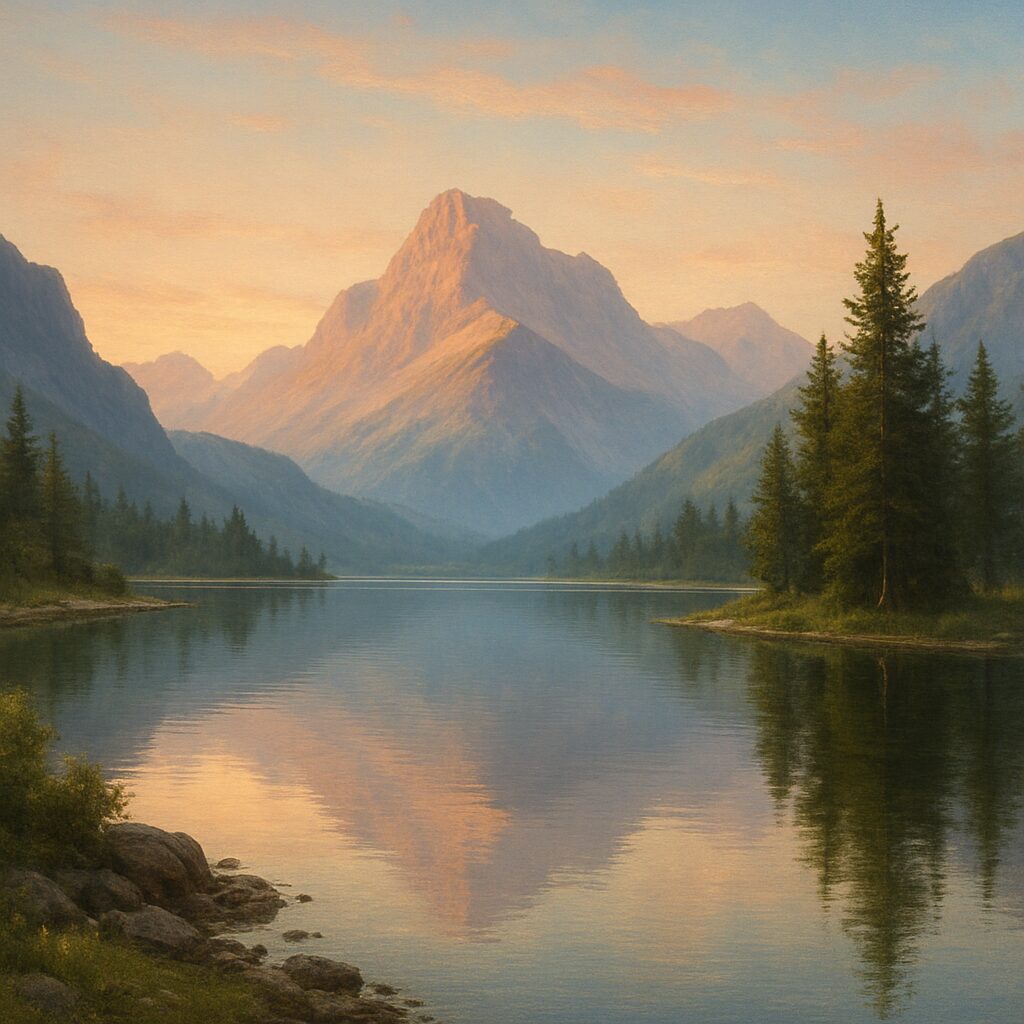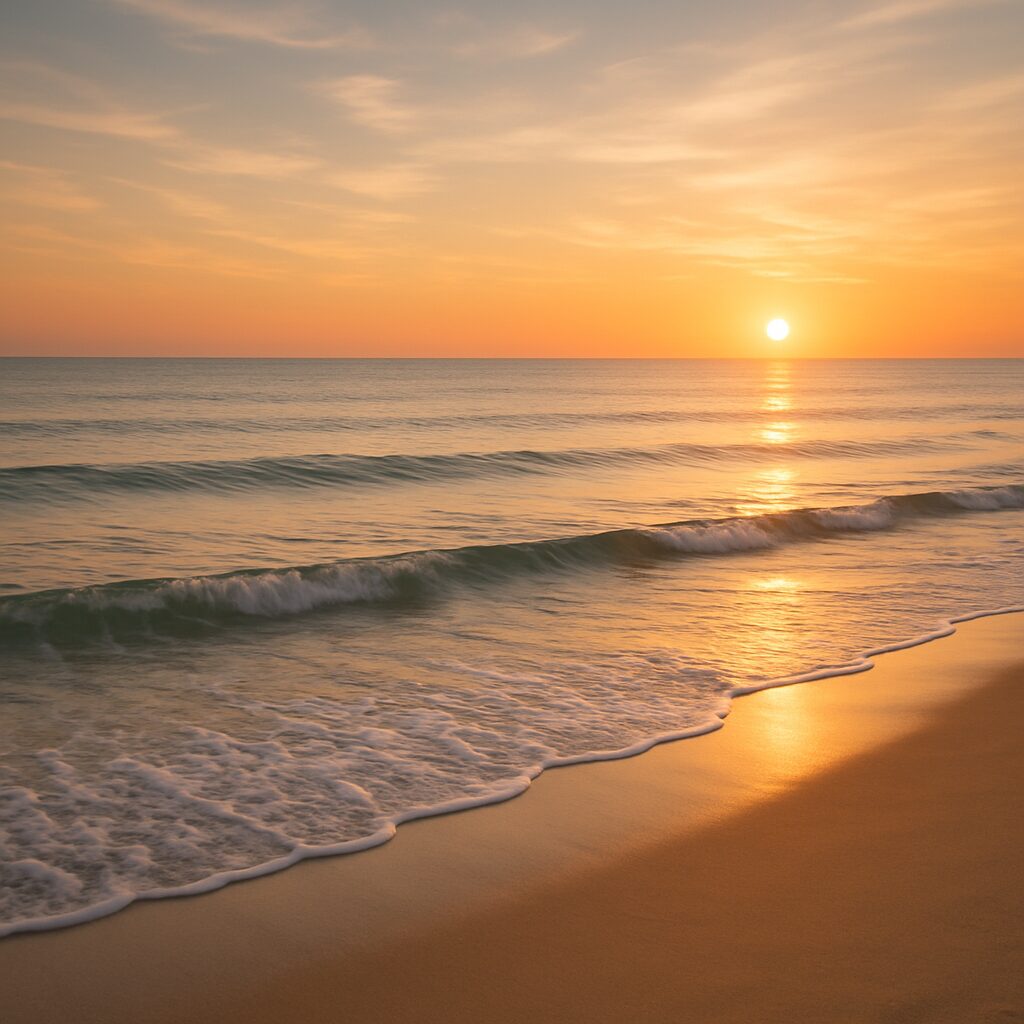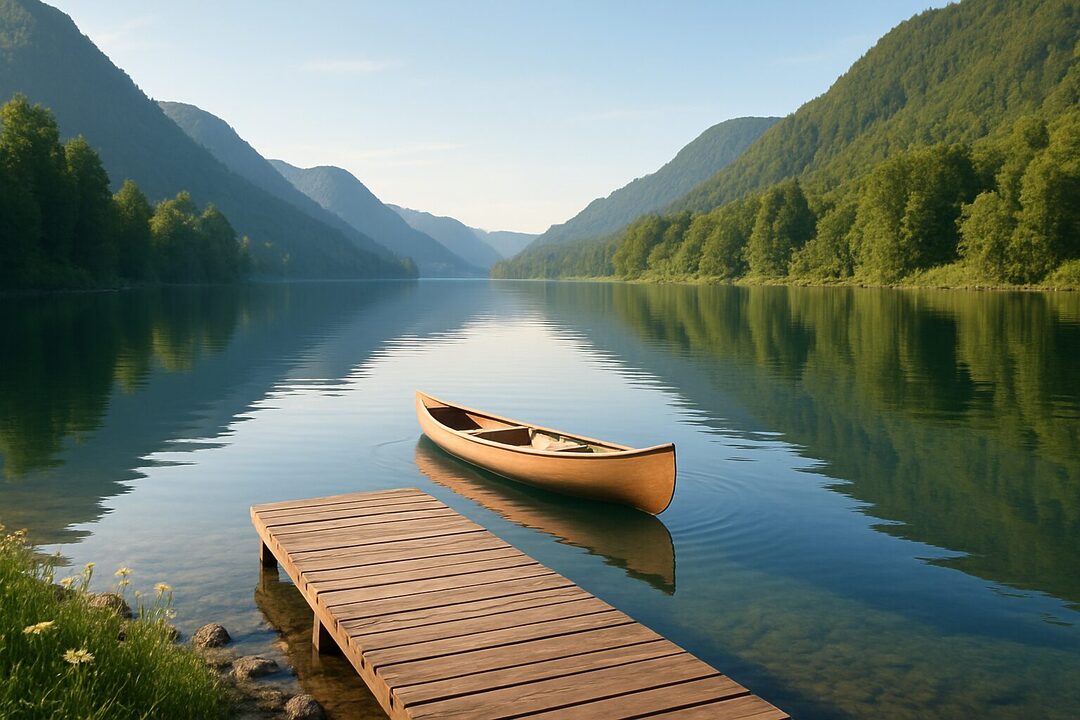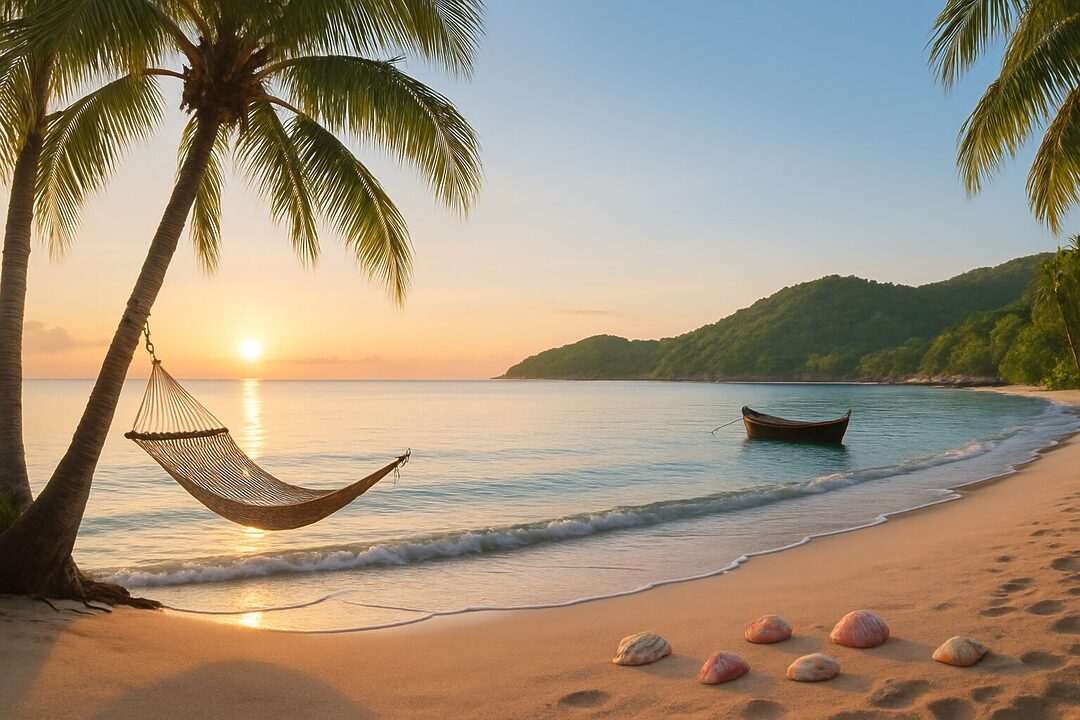In an age where the clamor of everyday life grows ever louder, serene landscapes offer a vital refuge to reestablish balance and foster mental rejuvenation. These natural sanctuaries, from the majestic peaks of the Swiss Alps to the tranquil shores of the Maldives, do more than present breathtaking views—they facilitate profound psychological restoration and wellness. As urban settings expand and digital distractions multiply, understanding the calming influence of nature’s most peaceful environments becomes essential. This exploration delves deep into the transformative power of serene landscapes, charting their unique features, health benefits, and ways to authentically engage with them for optimal relaxation and mindfulness.
Understanding the Psychological Impact of Serene Landscapes on Stress Reduction and Mental Health
Natural environments profoundly shape human well-being, offering restorative effects that transcend simple aesthetic pleasure. Scientific studies outline multiple pathways through which serene landscapes aid in stress alleviation and mental rejuvenation. The concept of “peaceful landscapes” broadly describes natural settings that evoke calm and provide respite from modern life’s relentless pace—whether mountain retreats, coastal calm, verdant forests, or arid deserts.
Mountains like those found in Patagonia or the Swiss Alps serve as quintessential examples of tranquil landscapes. Their sheer scale and unspoiled vistas inspire awe, which research correlates with reduced stress hormone levels. Being at altitude also facilitates a slower breathing rhythm, naturally promoting calm. Coastal environments, such as the Maldives or shores featured by National Geographic, engage multiple senses simultaneously—the gentle ebbing of waves, fresh ocean breezes, and expansive horizons all converge to soothe the mind.
Forests and woodlands, from the Black Forest in Germany to remote North Face hiking trails, offer immersive sensory experiences that enhance relaxation. The subtle sounds of rustling leaves, chirping birds, and filtered sunlight craft a calming symphony unique to these environments. Similarly, grasslands and meadows give a gentle backdrop where the earth’s greenness and open space foster openness and mental clarity. Even deserts, such as the Sahara, reveal a distinct tranquility, where vastness and night skies interrupted only by stars provide meditative solitude previously celebrated in many indigenous cultures.
Key benefits of spending time in peaceful natural landscapes include:
- Decreased cortisol levels: Exposure to greenery and water reduces physiological stress markers.
- Enhanced mood and positive affect: Natural stimuli improve outlook and emotional stability.
- Improved cognitive functioning: Time outdoors supports attention restoration and creativity.
- Increased mindfulness and presence: Nature encourages deeper engagement with the here and now.
According to a comprehensive study published on Mental Floss, being in these serene surroundings shifts brain activity into more restorative networks, often termed the default mode network, integral to introspection and peaceful awareness. Further insights from academic research highlight how natural spaces act as a conditioned stimulus for relaxation responses, activating neural pathways specialized in reducing anxiety.
Effective engagement with these environments can be enriched by mindfulness practices such as yoga or meditation, aligning perfectly with the principles promoted by outdoor brands such as Columbia, Merrell, and Fjällräven, which encourage sustainable and immersive nature experiences.

Distinctive Features and Types of Serene Landscapes Enhancing Relaxation Benefits
Not all peaceful landscapes are created equal. Understanding the unique attributes of various natural settings helps tailor relaxation strategies and travel plans to individual needs and preferences. Exploring the distinctive qualities of mountains, coastal zones, forests, meadows, grasslands, and deserts reveals their varied pathways to peacefulness.
Majestic Mountains and Highland Serenity
Mountainous regions, such as those trekked with gear from companies like REI and Eddie Bauer, offer unparalleled vistas that instill a sense of awe and perspective. The alpine environment’s reduced oxygen concentration subtly influences body physiology, often slowing the heart rate and encouraging deeper, more measured breaths. These highlands frequently boast panoramic views that engage the visual system fully, creating sensory richness that contrasts urban monotony.
Challenging hikes invigorate both body and mind, and being “above it all” can symbolically detangle worries and promote emotional clarity. The Swiss Alps or parts of Patagonia perfectly illustrate these benefits—each region inviting reconciliation between human concerns and nature’s grandeur, as explored in studies accessible via Serenity Trips.
Coastal Areas and Gentle Oceanic Rhythms
The rhythmic nature of coastal environments fosters a unique relaxation mechanism. The constant motion of waves and the steady breeze coordinate multiple senses in a soothing dance, alleviating mental fatigue. Beaches in the Maldives, often portrayed by National Geographic photographers, serve as ideal settings for unwinding, where the soundscape supports restorative auditory stimulation.
The sight of a wide-open horizon as the sun rises or sets—the “golden hours” cherished by nature photographers—and the gentle tactile sensations of sand underfoot deepen the relaxation effect. Brands like Osprey and L.L. Bean specialize in coastal hiking and camping equipment tailored to support immersive interactions with these environments.
Forests: Natural Soundscapes and Botanical Beauty
Walking among towering trees in forests such as the Black Forest brings sensory richness associated with mental restoration. The interplay between dappled sunlight through leaves, earthy aromas, and natural sound gradients—birds, streams, rustling leaves—stimulates parasympathetic nervous activity, promoting calm and introspection.
These elements combine to create a “natural symphony,” a comprehensive environmental stimulus that supports recovery from cognitive fatigue. The importance of such nature-induced calm is well-documented in psychological literature. Appropriately planned nature walks or forest bathing sessions, possibly with Merrell hiking boots and Fjällräven backpacks, enhance this effect.
Expansive Meadows and Grasslands for Open-Field Calm
Wide-open meadows and grasslands emphasize visual openness and minimalistic sensory input, fostering feelings of freedom and mental decluttering. The gentle sway of tall grasses and interplay with wildflowers offer subtle motion and color variation, charming the sensory system in soothing ways. In these areas, light breezes and biological sounds support a gentle, almost hypnotic rhythm of nature, conducive to meditation and quiet reflection.
Desert Tranquility and Nighttime Solitude
Contrary to perceptions of deserts as barren and harsh, their tranquil vastness underpins a unique restorative experience. Deserts like the Sahara exhibit profound silence during the day and incredible clarity of star-filled skies by night, creating immersive conditions for contemplation and solitude rarely found elsewhere. The absence of noise pollution and the dramatic landscape offer a sublime backdrop for relaxation, meditation, and stargazing.
- Techniques to make the most of these landscapes include:
- Participating in guided hikes or self-directed explorations with appropriate outdoor gear from brands such as Patagonia.
- Practicing mindfulness and breathing exercises in situ to heighten sensory awareness.
- Capturing long-exposure photographs at sunrise or sunset, which highlight the serene qualities of water, clouds, and light.
- Keeping technology usage balanced to avoid distraction and increase presence in the natural environment.
For those interested in learning more about best practices for serenity-focused travel, reliable resources like Serenity Trips curate essential guidelines.

Practical Tips for Capturing and Experiencing Serene Landscapes: Photography, Travel, and Safety
Capturing the essence of serene landscapes requires a nuanced approach combining timing, equipment, and technique. Optimal photography sessions frequently coincide with the golden hours around sunrise and sunset, when light is soft and colors are warm, imbuing images with a peaceful atmosphere.
Investing in quality equipment is crucial. Popular choices among landscape photographers include DSLRs or mirrorless cameras equipped with a range of lenses—from wide-angle to telephoto—and sturdy tripods to enable long-exposure shots. These long exposures smooth out moving elements like water or clouds, further emphasizing visual serenity. Leading lines in compositions help guide the viewer’s gaze naturally through the scene, instilling a sense of calm narrative flow.
Planning and preparation play vital roles, especially when venturing into remote peaceful landscapes. Vendors such as L.L. Bean and Columbia offer gear that balances durability and comfort, suitable for navigating mountain trails, forests, or coastal paths. Fundamental travel tips include:
- Informing friends or relatives of itinerary details, particularly when exploring isolated areas.
- Carrying comprehensive first aid kits tailored for various environments.
- Monitoring weather forecasts and wildlife advisories to avoid hazards.
- Ensuring sustainable practices like minimizing waste and respecting local ecosystems.
Disconnecting from technological distractions enhances the connection to natural spaces. Immersive experiences without digital interference foster deeper relaxation and mindfulness, an approach supported by recent studies emphasizing the psychological benefits of nature immersion accessible through digital detox guides.
Resourceful planning websites provide detailed itineraries, equipment recommendations, and safety protocols for serene outdoor adventures. For example, Serenity Trip Itinerary offers customizable plans for balanced and relaxing travel through diverse landscapes.
Mindfulness, Digital Detox, and Sustainable Tourism: Enhancing Connection with Nature’s Tranquility
Modern trends highlight an increasing appetite for mindfulness and digital detox when engaging with nature. These practices amplify the innate calming effects of serene landscapes and have become integral components of wellness-focused travel. By focusing attention fully on sensory input—the gentle rustle of leaves, the scent of pine, the warmth of sunshine—visitors cultivate heightened presence and inner calm.
Yoga instructors and environmental advocates alike promote this symbiosis. Mindfulness in nature, such as guided meditations in forests or quiet beach yoga sessions supported by apparel brands like Columbia and Fjällräven, deepen these benefits. This approach is detailed in various educational platforms including Stay Mindful Serenity Trip.
Sustainable tourism is crucial to preserving the delicate ecosystems that foster these restorative experiences. Responsible travelers champion practices such as:
- Supporting local conservation initiatives and community economies.
- Minimizing single-use plastics and waste.
- Respecting wildlife and adhering to regulated access rules.
- Choosing eco-conscious accommodations and guided tours.
Brands such as The North Face, Merrell, and Patagonia actively raise awareness of sustainable outdoor ethics, encouraging exploration with minimal environmental impact. This dual focus on mind and ecosystem health is vital for ongoing access to peaceful landscapes worldwide and is emphasized in articles like The Healing Hues of Landscape Design.

Traveler Experiences and the Transformative Power of Peaceful Landscapes
Countless travelers share stories of how serene natural settings markedly improved their mental health and emotional balance. Solo hikers recount moments of clarity reached in the foothills of Patagonia or atop the Alps, a sentiment echoed among couples reconnecting on Maldives’ shorelines. These personal transformations often manifest as lasting shifts toward greater emotional resilience and life satisfaction.
A study accessible through Nature.com highlights how regular exposure to natural environments enhances brain plasticity and reduces symptoms of anxiety and depression. Many wellness travel agencies now curate packages that incorporate these findings, combining nature immersion with wellness disciplines such as yoga and meditation, drawing customers who seek balance amid life’s stresses.
These journeys, often supported by appropriate gear from brands like Merrell and Osprey, foster both physical vitality and emotional equilibrium. Personal narratives frequently emphasize:
- Reconnection with self and nature through digital-free days spent outdoors.
- Enhanced mindfulness and gratitude inspired by landscape grandeur.
- The calming influence of rhythmic natural cues like waves and wind.
- A broader perspective leading to diminished everyday worries.
- Reinforced commitment to conservation through direct contact with vulnerable ecosystems.
Travelers seeking to replicate these benefits can explore curated destination lists and wellness itineraries via Serenity Trips Mental Health. These resources offer guidance on creating balanced nature-based experiences aligned with individual wellbeing goals.

As a 34-year-old Yoga Teacher, I am passionate about guiding others on their journey to mindfulness and well-being. With years of experience in various yoga styles, I create a welcoming environment that encourages personal growth and self-discovery. Join me in exploring the transformative power of yoga.


